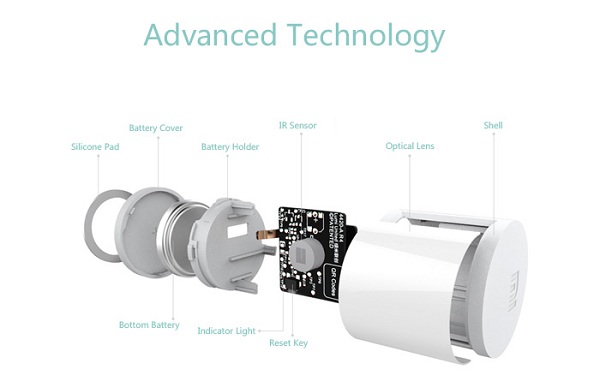The Internet could arguably be ranked among humankind’s greatest inventions.
Glo Borrow Me Data: How To Borrow Data From Glo
It has changed our world and our way of life beyond recognition. We can now do things that used to be impossible, like funding a Swiss coin account with a bitcoin wallet, attending a free class at Harvard through the MOOC program, or finding our way with ease through a new city we have never been to before with only a GPS app on our smartphone.
With that in mind, let’s answer two questions that will help us stay safe online:
1. Use an Encrypted USB DriveYou probably have files that you don’t want other people to see. Maybe they contain information about your username and passwords to certain membership websites. Maybe they carry sensitive information related to your customers if you are running a business. Maybe they are related to your financial documents. Whatever the content of these files, you know that you will be in serious trouble if they got into the wrong hands.
READ TODAY
WOW! HTC Is Giving Out Free Phones Every Friday Till December 30th
Encryption.
Instead of using a standalone virus utility or a basic security suite, use an advanced security software suite. While a basic security suite will give you features like firewall, antivirus, antispam, and privacy protection, an advanced suite will give you these features and more. Additional features could include a backup feature, a tune-up utility, and a password manager.
When you access the Internet from behind a firewall, you benefit from an additional layer of defense. This will prevent any hackers from breaking into your computer system and doing terrible things like using your computer to attack other computers or accessing your files to steal your personal identity.
About GUPTAS BTC Matrix- Best Free Bitcoin Group Get over 32 Bitcoins Free
Phishing is classified as a form of social engineering, a way of manipulating user behavior for personal gain. Emails are the most popular way of phishing.
1. A user receives an email from a bank, a financial institution, or a service provider. It appears to be genuine because it has the right logo and uses the type of business language that you might expect from the sender.
2. The sender alerts the user that there is a problem with their account or there is a change in their system and the user needs to login to their account to verify their information. There is a convenient link enclosed in the email.
3. After clicking the link, the user is directed to a website page that looks like it is from the sender. The user innocently enters their username and password.
Malware is a hybrid of two words – malicious and software. In other words, software is used to cause malicious harm to the recipient. This software is downloaded and installed on a person’s computer without their knowledge.
Viruses. These need a host to run their programs and are transmitted from one computer to another. They can steal files and delete passwords.
Trojan Horses. These are more dangerous than viruses. They can hijack a user’s computer, steal bank account information, or install more malware. These are actually the most common form of malware.
Worms. These cause the same type of damage as viruses but are more dangerous because they can copy themselves. They are usually transmitted via emails or through contaminated download.
BEST READ:
Infinix Is Preparing To Unleash A New SmartPhone Called “Mission 04”
Adware. This is a malware that serves up advertising. It often gathers information about the victim, such as their age, ethnicity, and job.
Spyware. This is more dangerous than adware. It steals more personal information about a user and is harder to uninstall.
Discover more from Applygist Tech News
Subscribe to get the latest posts sent to your email.


